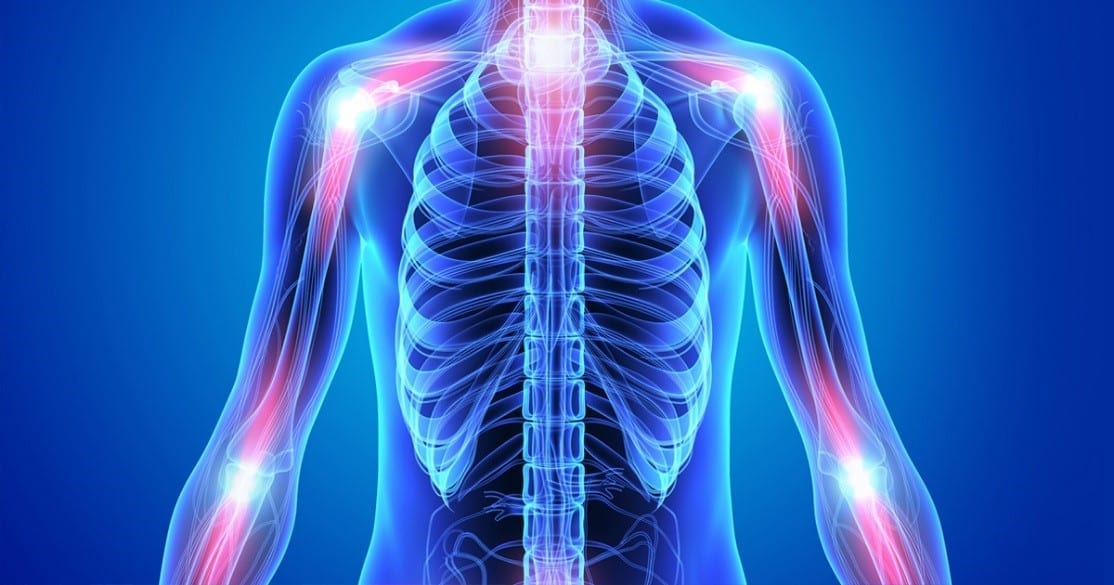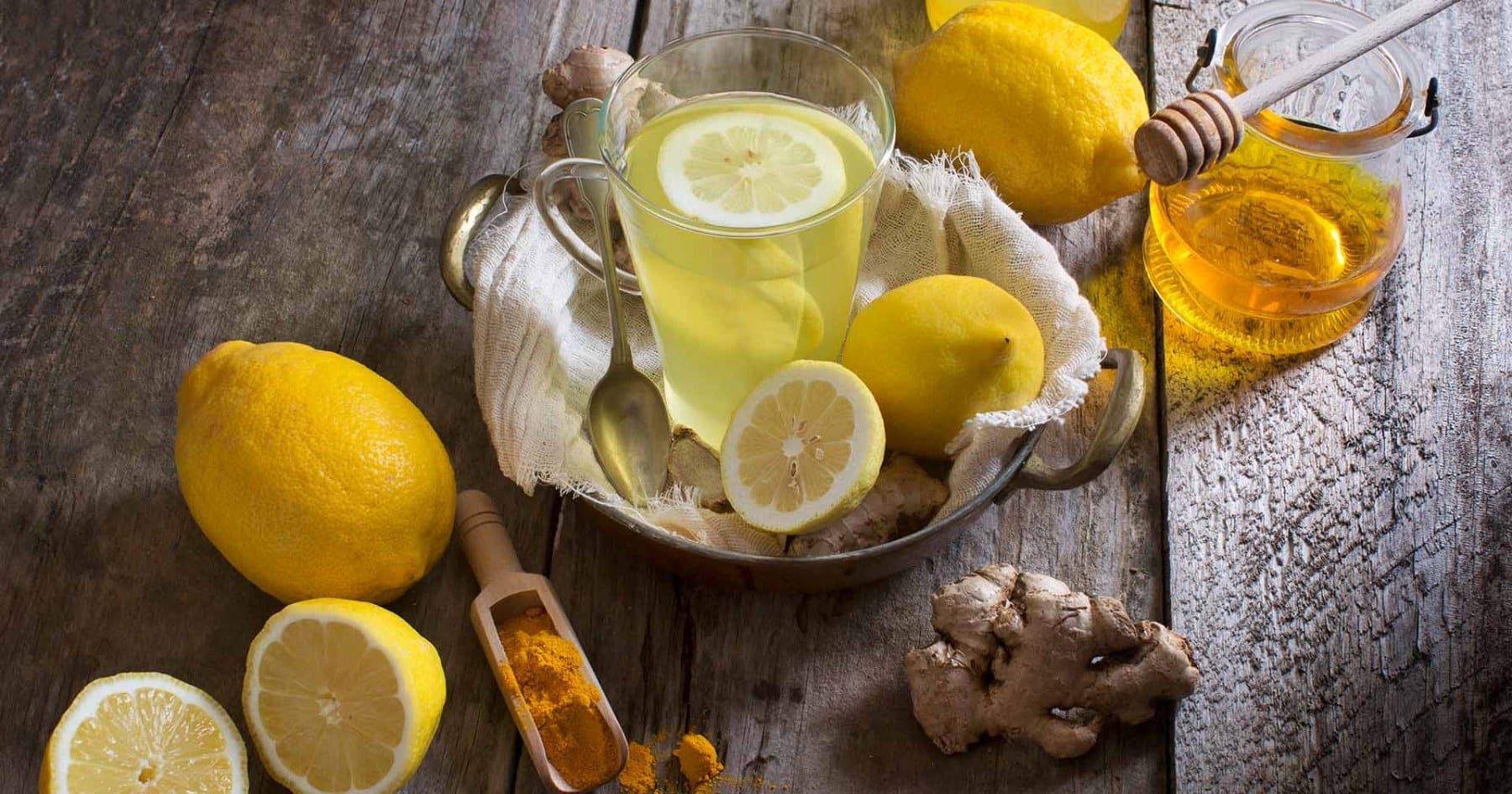It’s time for an update on inflammation. In the past I’ve discussed the different types of inflammation, the acute type that is needed to promote healing of infections and bacterial or viral illnesses and on the other hand, the chronic low level inflammation that contributes to diseases like heart disease, diabetes, and cancer1, 2. We called the chronic type – low grade inflammation, or it was often referred to as “silent” inflammation, because in many cases you can’t feel that kind of inflammation.
However, this type of inflammation now has a new name, and I am glad because chronic inflammation isn’t always silent and it definitely isn’t without consequences. The new name is metaflammation, and it brings with it a new focus on the main source of this type of inflammation – disrupted metabolic pathways. I have been educating on metabolic sources of inflammation for years, so it was a no surprise to me when this term was coined. We have also long known that chronic inflammation ages us, which is why it contributes to the chronic diseaseas of aging, I just mentioned. This has led to other new terms, called inflammaging or metaflammaging. So, let’s do a quick review of inflammation and then discuss metaflammation and what we can do about it.
Inflammation: A Quick Review
Inflammation, in general, is the body’s way of signaling the immune system to come and repair damaged tissue. When the inflammation process starts, white blood cells travel to damaged areas or circulate through the blood stream and release chemicals called cytokines to start the healing process.
Acute inflammation only lasts for days while you are healing from a cut, a burn, a cold, a sore throat, etc and it goes away once you are well. Chronic inflammation is slower to develop but is a constant form of inflammation, that can last for months and years. As evidenced by our high rates of cardiovascular diseases, diabetes, cancer and Alzheimer’s, this type is quite common and can be devastating, when you are not taking steps to prevent it. So what can cause metaflammation and how can we prevent it?
Causes of Metaflammation
Obesity is discussed as one of the major causes of metaflammation, but it is also an effect that can result from being chronically inflamed. Yes once you become obese, that in and of itself causes inflammation because our fat cells generate inflammatory substances. However, inflammation from many other sources can damage insulin receptors, leading to insulin resistance that can lead to weight gain and obesity. Anything that causes or contributes to a poorly functioning metabolism and/or weight gain can cause metaflammation. Naturally, lifestyle comes to mind and evidence has shown a link between metaflammation and a number of lifestyle factors, like physical inactivity, poor diet, medications, nutrient deficits, smoking and even stress, and even biotoxin exposure, which can all activate multiple immune-inflammatory pathways in the body.3 Metaflammation affects the whole body and is indeed associated with a reduced metabolic rate.4
In addition to the factors listed above, there is another major factor that contributes to metabolic inflammation: changes in the gut microbiome. So, if we want to be effective in preventing metaflammaging, it’s important to take a comprehensive approach.
The number one lifestyle factor that causes inflammation in our bodies day in and day out, is eating a high glycemic diet – a diet that is high calorie and full of too much refined sugar and flours, while not containing enough vegetables, fruit and high fiber foods like beans. This type of diet causes immediate production of inflammatory chemicals that damage the linings of our arteries, causes plaque to build up in our arteries, and can cause heart attacks and strokes5.
How does gut health contribute to metaflammaging? When the gut bacteria change, from factors like medications or high sugar/low plant food diets, we switch to having too many unfriendly bacteria. When the microbiome is copmpromised it disrupts the immune function of the gut. Then, if any bacteria die off due to medication, low fiber or high fat diets, they release molecules called lipopolysaccharides(endotoxin) . Once absorbed into the blood, LPS attach to cells and trigger the release of inflammatory cytokines. In other words it triggers a cellular inflammatory engine. Gut endotoxemia is now known as a factor that can cause damage to our heart muscle and heart attacks, for example, and there’s a close correlation between metaflammation, heart disease and even chronic kidney disease.6 In addition, not having enough beneficial flora can cause our immune system in the gut to go awry and start reacting to food and environmental allergens. Some of the most inflamed people I see in practice are people who have gut-immune system issues. The gut can be quite an inflammation-producing engine and this source in particular is associated with pain, like pain in the abdomen after eating and/or joint pain, and arthritis (both rheumatoid and osteoarthritis.7
Chronic stress can trigger inflammation in a number of ways. It contributes to insulin resistance, that lowers our tolerance of carbs and contributes to metabolic syndrome and weight gain. It can also actually lower our metabolic rate by interfering with thyroid hormone activation. In addition, the constant overproduction of cortisol can cause us to become catabolic, burning precious muscle tissue that is needed to maintain a healthy metabolic rate. In addition, chronic stress interferes with ability to sleep and has profound affects on our gut health. So, in my view if you want to be thorough in addressing potential metabolic disruptors, you need to evaluate any and all potential sources of inflammation and you won’t overlook stress.
How to Reduce Inflammation and Support Metabolic Health
Here are some tips for reducing your body’s inflammation:
- Anti Inflammatory Eating: Control calorie intake and eat a diet that does not cause excessive elevations in blood sugar and insulin after you eat. That means reducing processed foods and eating more whole foods. Get white flour and refined sugars out of your diet as much as possible. Reduce portions of high glycemic load foods like rice and potatoes to fill no more than ¼ of your plate, and fill your plate with lots of vegetables. Eat fruit instead of sugary desserts. Eat high fiber foods like beans and chia seeds. Fiber and eating protein with your main meals helps control blood sugar elevation after meals. Eat lean proteins and fish (fish has omega 3 fats that help fight inflammation). Vegetables, fruit and beans are loaded with antioxidants that help fight inflammation. Also eat nuts and seeds (because they are loaded with magnesium and other healthy trace minerals that help control blood sugar) as well as other healthy fats like avocados and plant-based oils.8 While you’re at it, try to eat organically raised foods as often as possible to decrease the intake of pesticides that lower thyroid activity and cause insulin resistance.
- Gut Health: The focus should be on making sure you have adequate benficial flora populations and diversity of flora, because beneficial flora regulate gut immunity, control unfriendly flora and protect the mucosal linings, which are an added barrier preventing migration of unwanted substances from the gut into the blood stream. Low sugar, high fiber diets that include a lot of plant foods, help promote diversity of beneficial flora in the intestines. Eating fermented foods that contain active live bacteria like kefir, sauerkraut, and miso may help, but I feel it is more important to take probiotics, to help replenish your body’s good bacteria and make sure to eat or supplement with resistant starches, which have been identified as the number one thing that keeps beneficial flora populations thriving9. Kyolic aged garlic has also been shown to promote diversity of gut flora, while also having over 870 publications showing various cardiovascular and immune and gut health benefits.
- Manage Stress and Get to Sleep: If you can’t commit to daily deep breathing techniques like box-breathing, meditation or yoga, or if they are not enough to noticeably lower your stress levels, do not hesitate to use adaptogenic herb blends that contain well-studied ingredients like rhodiola, ashwaganda, and holy basil. If stress interferes with sleep and/or causes carb cravings that make you cave in to sweets too often, it’s important to take an adaptogenic blend during the day. Controlling daytime stress helps melatonin to work better then for sleep at night. Relora is another helpful ingredient here. It’s my go-to ingredient to reduce stress-induced carb cravings.
By incorporating a few of the tips above, you can reduce your body’s inflammation and may then even start to feel better and energetic enough to start exercising, and lower your risk of developing metaflammation, one day at a time.








